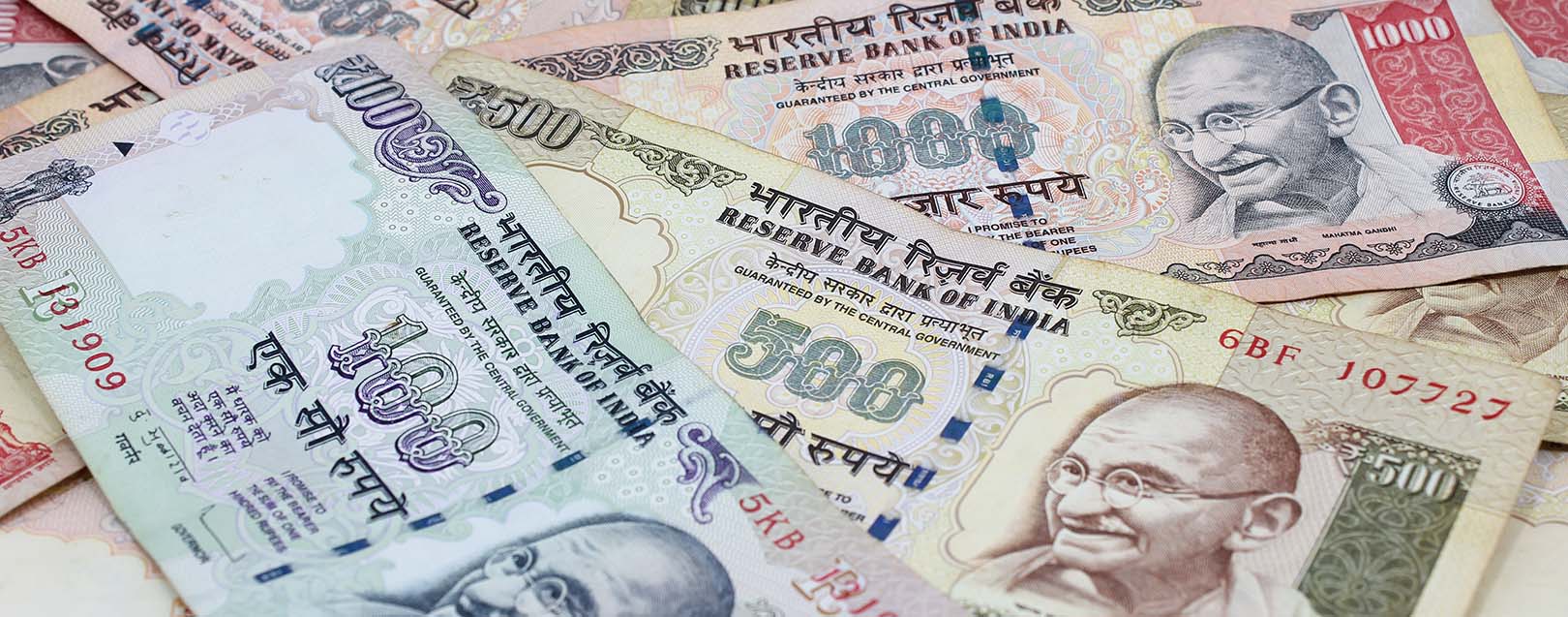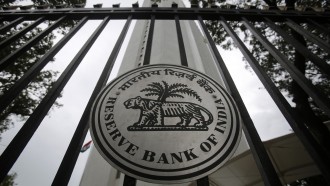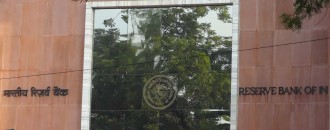
Rajan’s exit may risk FCNR deposits
Deepak Kumar
Barely a day after RBI governor Raghuram Rajan announced his exit through a letter to his colleagues in RBI, several domestic analysts on Sunday predicted his departure could invite outflow of funds by foreign portfolio investors from the Foreign Currency Non-Resident deposits (FCNR), leading to a deteriorating impact on the rupee value. Though his term ends on September 4 this year, the impact of his statement could have repercussions in the market much sooner than imagined. Rajan’s letter brings to an end speculations over his extension of governorship at RBI.
“Rajan’s presence in RBI served as an assurance to the NRI as well as the foreign investors. His departure would invite outflow of funds by the foreign portfolio investors and bring a deteriorating impact on the rupee value,” an economist told The Dollar Business on the condition of anonymity.
As the market opened on Monday, the instant impact of his announcement seemed evident. BSE Sensex and NSE Nifty opened in red, while rupee nosedived 61 paise against USD. After Anandabazar Patrika reported last week that Rajan would go back to his academia following the completion of his three-year term, the rupee fell 0.3%, its steepest fall last week, to $67.45 per dollar.
However the governor, made it clear, that the RBI had made adequate preparations to manage the FCNR deposit and its outflows.
Rajan, after taking charge of the RBI, had laid out a new monetary framework agenda that focused on raising Foreign Currency Non-Resident (FCNR) deposits to bolster India’s foreign exchange. He had also announced a slew of other measures to improve the country’s overall economic scenario.
On June 7, Rajan predicted that redemption of FCNR deposits could lead to outflows to about $20 billion. He, however, assured that RBI will provide dollar and rupee liquidity to prevent any market disruptions, if the situation calls for. Reiterating his assurance he said RBI would also introduce a special concessional dollar swap window to bring in FCNR deposits and foreign currency borrowings. His announcement led to banks raising a total of $34 billion - $25 billion through FCNR deposits, which, analysts say, will be due for redemption in September and November 2016, thereby resulting in an outflow of $20 billion – and $9 billion through foreign currency borrowings.
Playing down the possibility of any significant impact, Kishore Narne, Associate Director, Business Head-Commodities & Currencies, Motilal Oswal, told The Dollar Business, “Institutions are much larger than individuals. After Rajan goes, how the rupee will perform and what amount of FCNR will outflow, its too early to predict. The government will be able to manage both the scenarios well. Rajan himself had said that the RBI is ready to handle negative scenarios, just in case, and RBI has been a big institution. We are more or less ready for the consequences.”
FCNR deposit allows NRIs or Indian nationals to hold fixed deposits in banks in foreign currency. It safeguards them against any currency volatility, which they might get exposed to when they hold deposits in rupee currency.
Narne underscored that despite Rajan’s going, investor sentiments will continue to remain positive on the Indian market. “People invest in India because of its strength. It has been the world's largest growing major economy, and there are better future prospects. GST bill is likely to be passed. Two states have also given their approvals. Monsoon is also projected to be better this year. It will be too premature to say that the FCNR deposits will take a major hit. We will continue to attract investments from foreign investors as well as NRIs.”





